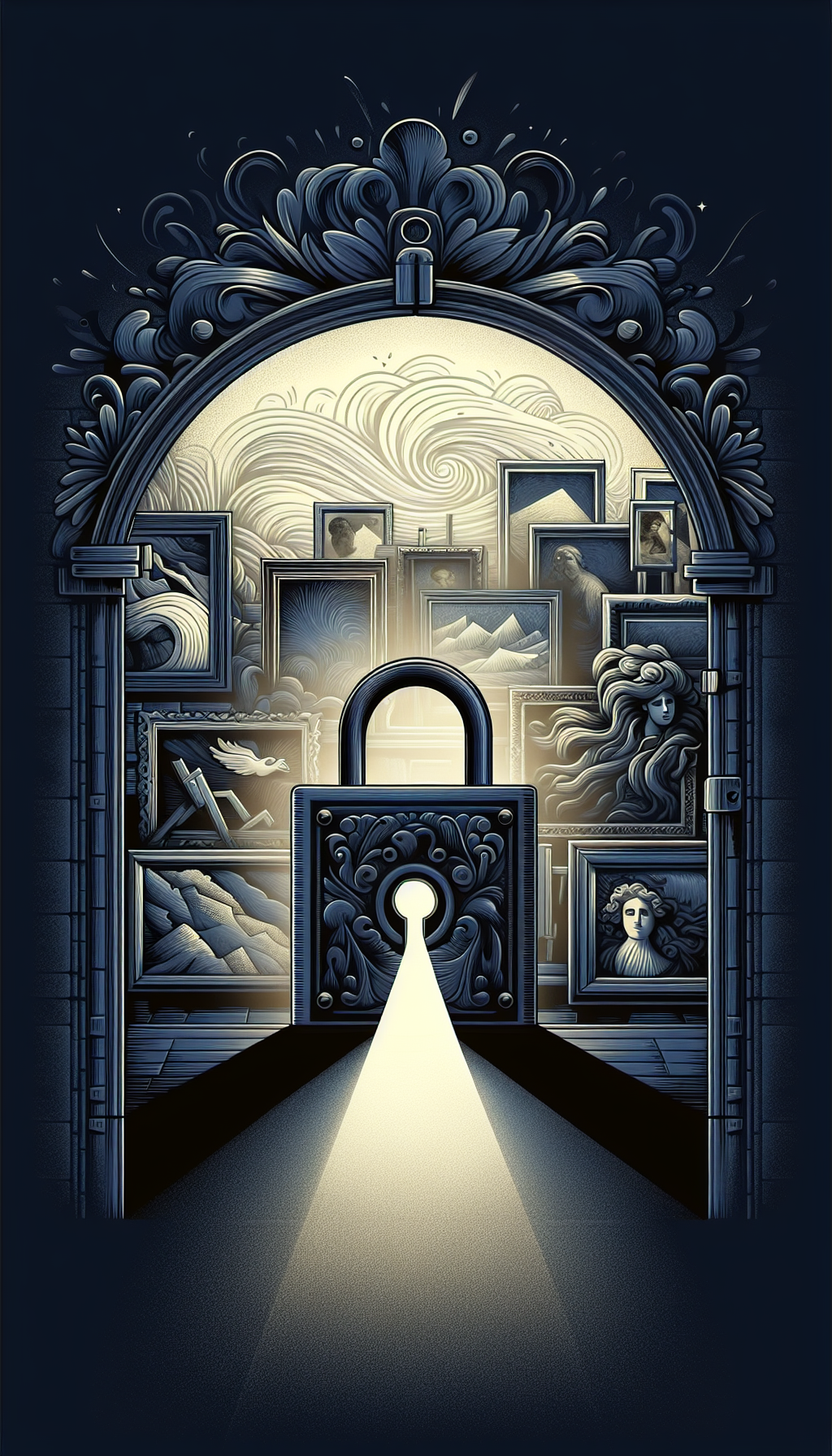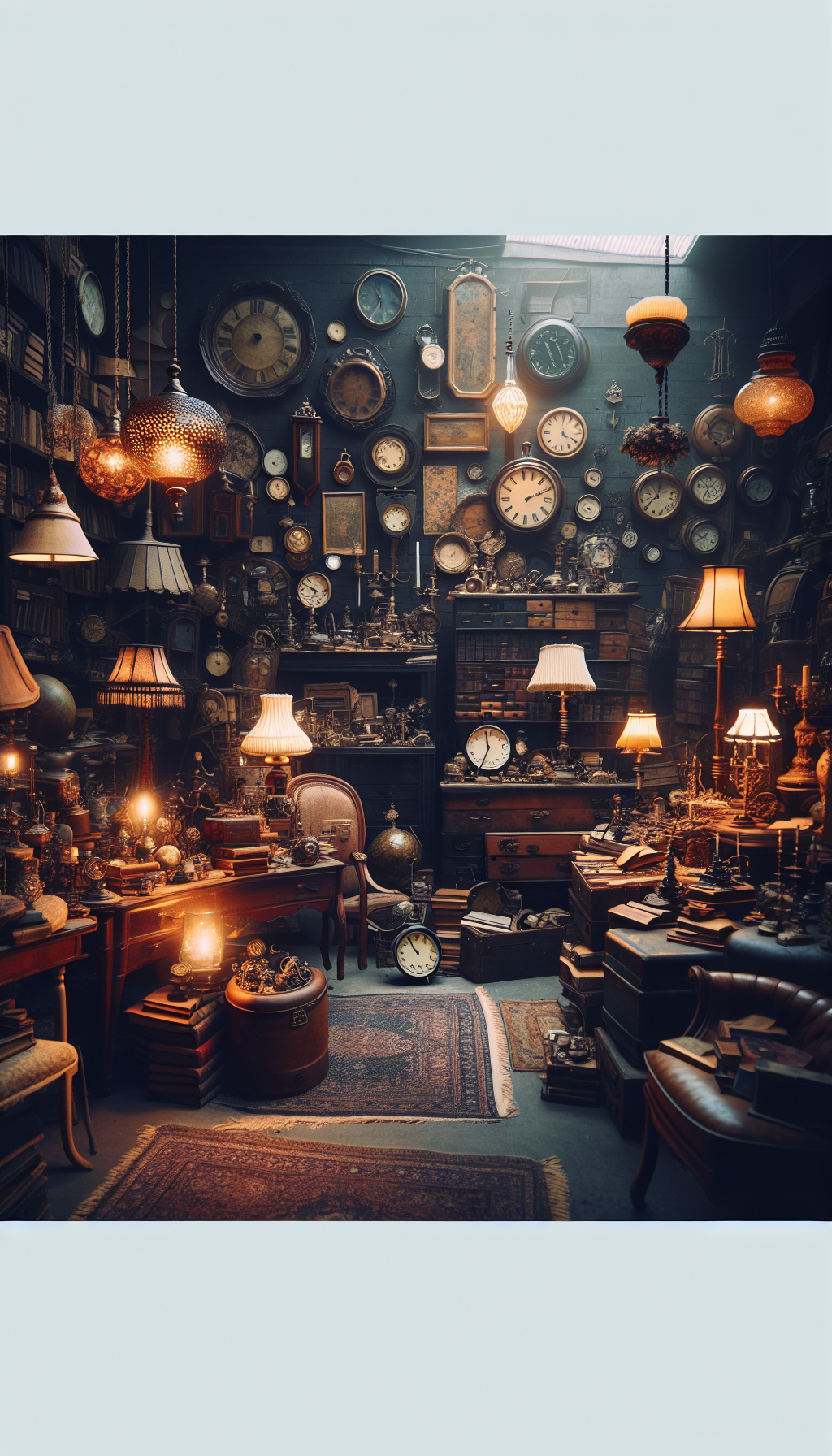Test
The best appraisals are built on testing—of assumptions, materials, provenance, condition, and market relevance. Whether you collect 18th‑century silver, studio pottery, Old Master drawings, or contemporary prints, your job is to pose disciplined questions and use the right tests to answer them. This guide lays out what to test, how to test it, and how to turn results into credible values that stand up to scrutiny.
What to test: authenticity, condition, and provenance
Before assigning value, test the three pillars that drive it.
- Authenticity: Are the materials, methods, marks, and style consistent with the claimed maker and period? Does the object’s story cohere with known production practices?
- Condition: What losses, repairs, and alterations are present? How do they affect visual integrity, structural stability, and long-term conservation risk?
- Provenance: Is the ownership trail credible, continuous, and relevant to the object’s desirability? Do documents support key transitions?
Key sub-tests and signals:
- Attributions and authorship tiers: Maker, workshop, circle, follower, style of, after—each descriptor represents a different level of confidence and value. Be precise and evidence-based when selecting the tier.
- Materials and technique: Cross-check claimed dates with material feasibility. Nitrocellulose lacquer wasn’t used in the 1770s; titanium white appears post-1920s; Phillips screws don’t belong in Georgian casework.
- Marks and signatures: Hallmarks, assay marks, printed and impressed marks, and artist signatures require correlation with known timelines and usage variants. Look for mark wear patterns and strike depth that make sense for genuine use.
- Pattern of wear: Natural wear patterns concentrate on contact points and edges; uniform surface abrasion may indicate aggressive cleaning or artificial distressing.
Common red flags:
- Chronological impossibilities (e.g., a “1760” mahogany chair with machine-cut screws).
- Overly tidy provenance gaps or improbable owners without corroborating artifacts (invoices, letters, shipping labels).
- Inconsistent surfaces—oxidation beneath a recent finish, fresh glue in joints that claim originality, or fluorescence patterns that betray overpainting.
Materials and methods: from visual exams to scientific analysis
Start low-tech and non-invasive; escalate as needed. Every test should answer a specific question and reduce uncertainty.
Visual and optical tests:
- Raking light: Angle a strong light across the surface to reveal planar distortions, filled losses, tool marks, or later incisions.
- Ultraviolet fluorescence: Many varnishes, adhesives, and overpaints fluoresce differently than original materials. Map retouching and resin types without touching the surface.
- Magnification: 10x–30x optics identify craquelure morphology, pigment particle size, silk versus synthetic fibers, and mechanical versus hand-applied tool work.
Dimensional and structural tests:
- Measurements and joinery: Hand-cut dovetails are irregular; machine dovetails repeat precisely. Quarter-sawn oak ray fleck patterns should align with period practices.
- Weight and balance: Modern reproductions often have different mass distribution due to material substitutions or simplified internal structures.
Targeted non-destructive analysis (via qualified labs or conservators):
- XRF (X-ray fluorescence): Elemental composition for metals, pigments, and glazes. Confirms presence of lead, tin, zinc, nickel—all with date and origin implications.
- FTIR (Fourier-transform infrared spectroscopy): Identifies organic binders and varnishes; helpful to date coatings or adhesives.
- Raman spectroscopy: Pigment identification in situ, useful for detecting modern pigments on “old” surfaces.
- Dendrochronology: Dates wood panel felling by tree-ring sequences; requires proper sampling and reference datasets.
- Thermoluminescence (TL): Estimates the firing date of ceramics; useful for ancient pottery and terracottas, but requires careful interpretation of error margins.
When to escalate testing:
- High-value attribution hangs on one variable (e.g., a hallmark in question or pigment that dates a painting).
- Conflicting signals arise between stylistic and material evidence.
- There is legal, insurance, or donation reporting at stake that demands heightened due diligence.
Ethics and limits:
- Prioritize non-invasive methods. If destructive sampling is necessary (e.g., micro-samples for cross-sections), secure owner consent in writing.
- Document every test’s method, conditions, and limitations. Negative or inconclusive results are still data.
Valuation fundamentals: comparables, contexts, and standards
Value is not a number plucked from intuition—it’s an inference grounded in market evidence and definitions that fit the assignment’s purpose.
Define the value type:
- Fair Market Value (FMV): The price between willing buyer and seller, neither under compulsion, both reasonably informed. Common for tax and donation contexts.
- Retail Replacement Value (RRV): Cost to replace with like kind and quality in the relevant retail market. Used for insurance scheduling.
- Orderly or Forced Liquidation Value: Quick-sale contexts where time constraints compress price.
Choose the right market level:
- Primary versus secondary: A living artist’s gallery price (primary) is not comparable to auction results (secondary) without adjustments.
- Geography and venue: Regional auctions may lag international houses; dealers specialize in periods and command different premiums.
- Time sensitivity: Use recent data within a representative window; adjust for seasonality and market inflections.
Build a comparables set with discipline:
- Match key attributes: Maker, period, size, medium, edition or casting number, condition, provenance quality, and exhibition or publication history.
- Normalize prices: Remove buyer’s premium for apples-to-apples comparisons when appropriate, or note how you’ve treated it. Convert currencies at historical rates for sale dates.
- Adjust for condition and completeness: An original surface with minor wear might merit a premium; structural repairs, over-cleaning, or missing elements warrant discounts.
- Editioned works: Earlier impressions and desirable paper types can command premiums; edition size and state changes matter more than many assume.
Hedonic factors and weighting:
- Some features contribute disproportionately to value (e.g., a signature with watertight provenance). State your weighting logic—e.g., provenance 30%, condition 25%, rarity 20%, attribution confidence 15%, market freshness 10%.
- Be explicit about uncertainties and how they affect the concluded value (express ranges when justified).
Standards and reporting:
- Align processes with recognized appraisal standards in your jurisdiction. Typical reports include purpose and intended use, scope of work, market(s) considered, valuation approach, limiting conditions, and a signed certification.
- Transparency outranks bravado. Clearly note assumptions and items that need further testing.
Risk, restoration, and ethical considerations
How an object got from creation to your hands matters as much as who made it.
Conservation vs. restoration:
- Conservation stabilizes and preserves; restoration aims to return appearance. Both affect value—tastefully executed, reversible work with documentation is often acceptable; over-restoration can depress prices sharply.
- Reversibility and documentation: Conservation-grade materials and methods that can be undone without harming the original are preferred. Keep treatment reports.
Typical value impacts:
- In paintings: Broad overpaint and ground replacement lower value more than small, stable in-painting.
- In furniture: Replaced veneers or feet can reduce value significantly; original surface can carry a premium.
- In metalwork: Replating can obliterate patina and inscriptions; cleaning that respects original finish is preferable.
Ethical red lines:
- Provenance with gaps during sensitive periods (e.g., 1933–1945 Europe) requires heightened scrutiny and may trigger restitution considerations.
- Cultural property laws: Objects subject to export restrictions or repatriation claims carry legal and reputational risks. An attractive price seldom compensates for a tainted title.
- Conflicts of interest: Avoid appraising what you plan to buy or sell personally without clear disclosure; independence underpins credibility.
Building a documentation stack
Your paper trail should make your conclusions reproducible.
Core components:
- Object identity: Title or object type, maker or attribution tier, date, medium/materials, dimensions, marks, inscriptions, and distinguishing features.
- Photography: Overall and details under normal light; raking light and UV when relevant. Include scale references.
- Condition report: Structured by zones (front, back, edges, frame or mount) and by issues (structural, surface, biological). Date and sign.
- Provenance dossier: Chain of ownership with documents (bills of sale, letters, exhibition catalogues, inventory tags). Note gaps honestly.
- Literature and exhibition history: Citations that include page or plate numbers; note variants and state differences for prints.
- Testing methods and results: Instruments used, settings, sample locations, and interpretations, plus who performed the tests.
- Valuation analysis: Value type, market level, comparable set summary, adjustments rationale, final value or range, and any extraordinary assumptions.
- Limiting conditions and assumptions: Scope constraints, access limits, and uncertainties.
Naming conventions and version control:
- Use consistent file names: Maker_Object_ShortDesc_Date_Version. Maintain a change log noting what was updated and why.
Practical checklist: ten essential tests before you conclude value
- Clarify purpose: Define the assignment’s value type and intended use.
- Identify and attribute: State attribution tier and justify it with evidence.
- Materials audit: Test materials against claimed period and maker practices.
- Surface and structure: Map condition issues via raking light, UV, and magnification.
- Measure and compare: Record precise dimensions and construction details; match them to known benchmarks.
- Provenance trail: Assemble and verify documents; flag gaps and sensitive periods.
- Market mapping: Select the correct market level and sales window.
- Comparable set: Build at least three strong comps; normalize and adjust.
- Risk and treatment: Document past interventions; assess reversibility and impact on value.
- Report integrity: Document methods, limitations, and your conclusion with ranges where warranted.
FAQ
Q: How do I decide between a single value and a range? A: Use a single point when the market is stable, comparables are tight, and uncertainties are low. Use a range when condition nuances, attribution probabilities, or thin markets introduce spread. In either case, explain why.
Q: Are auction prices always the best comparables? A: Not necessarily. Auction reflects wholesale conditions and can be volatile. For insurance replacement, retail asking and achieved dealer prices at the relevant market level are often more appropriate. Match the comparable venue to the assignment.
Q: How much does restoration reduce value? A: It depends on scope, visibility, and quality. Minor, reversible, well-documented conservation may have negligible impact. Structural repairs, extensive overpaint, or irreversible interventions can reduce value substantially, sometimes by 30–70% relative to similar untouched pieces.
Q: When is scientific testing worth the cost? A: When a focused test could change attribution confidence or value tier materially. For example, confirming pre-1800 pigments in a painting attributed to a listed master or dating a wood panel that underpins an Old Master attribution. Don’t test for curiosity alone—test to answer a decision-critical question.
Q: What’s the most common mistake enthusiasts make? A: Letting a compelling story outrun the evidence. Avoid confirmation bias by seeking disconfirming data: a material that doesn’t belong, a mark variant that doesn’t fit the date, or a comparable that contradicts the hoped-for price.
Final thought: Treat every appraisal as a hypothesis you must try to disprove. The tests you choose—optical, material, documentary, and market—transform that hypothesis into a conclusion others can trust.



